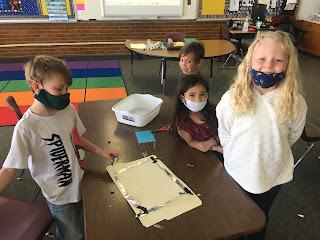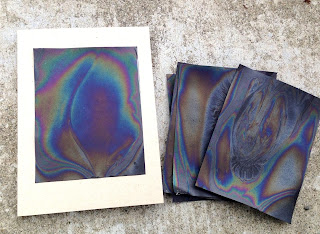Monday, March 22, 2021
2020-21 Lesson 14: Electrical Circuits
2020-21 Lesson 13: Rainbows
Rainbows are formed when light shines through water, like when the sun shines through the rain. This light is bent and reflected, like a reflection in a mirror, and this causes all of the amazing colors that you see.
The light that we see each day is sunlight, a white light that comes to us from the sun. White light is made up of the different colors that we see in the rainbow, but when the light is all traveling in one direction, it looks white.
During the rains, however, millions of raindrops cause the colors in the white light to separate and refract through them. Each raindrop actually makes its own rainbow, but when there are so many raindrops at the same time, the rainbows become big enough for us to see with the naked eye.
Rainbows normally appear from the rain, but they can happen wherever light is being bent inside of water droplets. Rainbows can be seen in mist, fog, spray, and dew.
Rainbows are made up of all seven colors that come from light. These colors are red, orange, yellow, green, blue, indigo, and violet.
A great way to remember these colors is the think of the acronym, which seems like a man’s name: ROY G BIV
There is no end to a rainbow. Even though they look like an arch to us, or an upside down letter U, rainbows are actually full circles.















